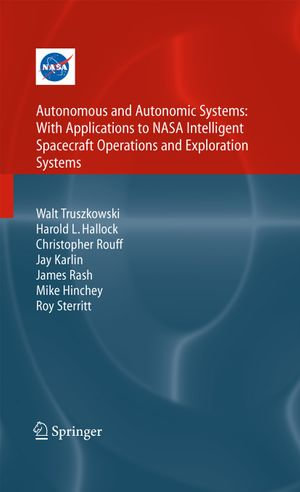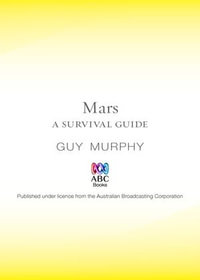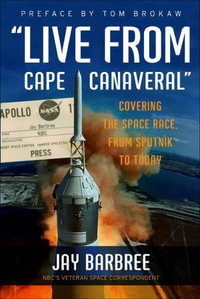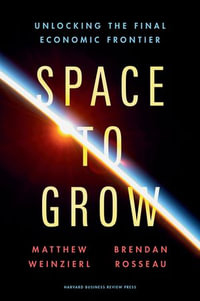
eTEXT
Autonomous and Autonomic Systems
With Applications to NASA Intelligent Spacecraft Operations and Exploration Systems
By: Walt Truszkowski, Harold Hallock, Christopher Rouff, Jay Karlin, Roy St
eText | 12 November 2009
At a Glance
eText
$349.00
or
Instant online reading in your Booktopia eTextbook Library *
Read online on
Desktop
Tablet
Mobile
Not downloadable to your eReader or an app
Why choose an eTextbook?
Instant Access *
Purchase and read your book immediately
Read Aloud
Listen and follow along as Bookshelf reads to you
Study Tools
Built-in study tools like highlights and more
* eTextbooks are not downloadable to your eReader or an app and can be accessed via web browsers only. You must be connected to the internet and have no technical issues with your device or browser that could prevent the eTextbook from operating.
ISBN: 9781846282331
ISBN-10: 1846282330
Series: NASA Monographs in Systems and Software Engineering
Published: 12th November 2009
Format: ePUB
Language: English
Publisher: Springer Nature
You Can Find This eBook In
This product is categorised by
- Non-FictionComputing & I.T.Computer ScienceArtificial Intelligence
- Non-FictionComputing & I.T.Graphical & Digital Media Applications3D Graphics & Modelling
- Non-FictionSciencePhysicsApplied PhysicsAstrophysics
- Non-FictionEngineering & TechnologyTransport Technology & TradesAerospace & Aviation Technology
- Non-FictionReference, Information & Interdisciplinary SubjectsResearch & InformationInformation theoryCybernetics & Systems Theory
- Non-FictionEngineering & TechnologyOther Technologies & Applied SciencesSpace ScienceAstronautics























